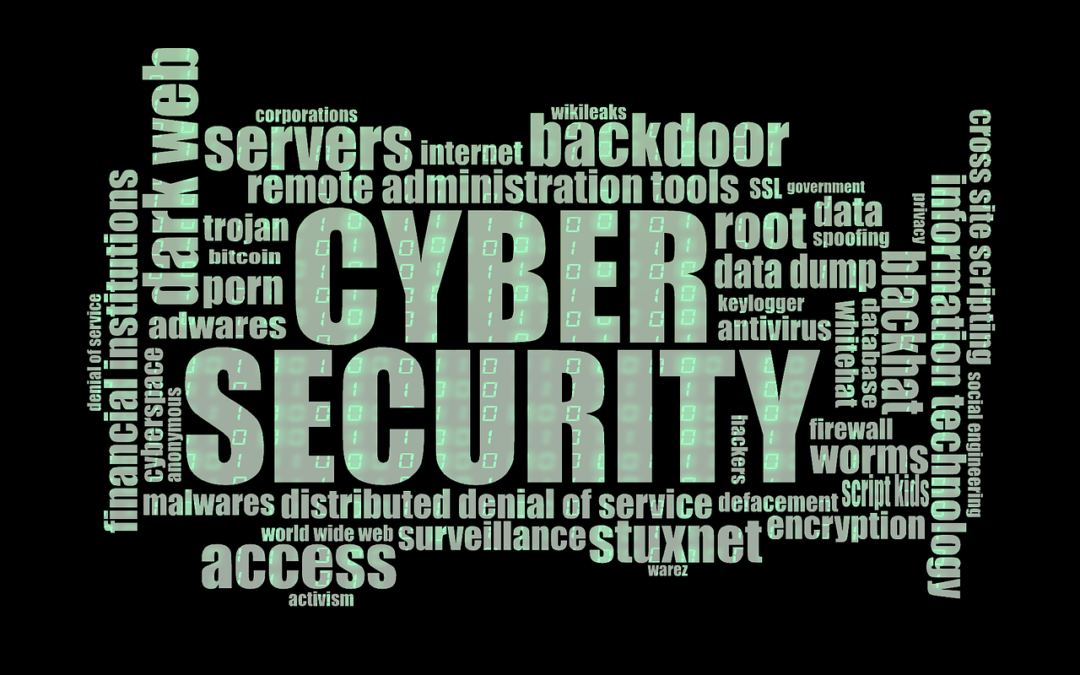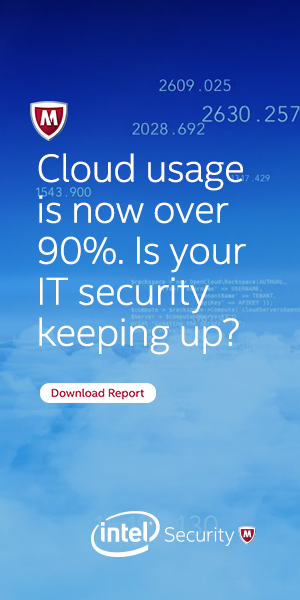Brief Background
It’s a fact that cybercriminals can attack any organization. Large organization and SMEs are all at higher risk. Due to these risks, Her Majesty (HM) Government launched 10 steps to Cyber Security guide in 2012 that encouraged organizations to put into consideration their cybersecurity measures. The guide raised awareness of the Cyber Security and it was embraced by organizations.
As the UK government initiative was rolling, the analysis showed that the implementation of the Cyber Security measures and controls was largely not implemented. This was a cause for alarm, and it was clear to the UK Government that further initiatives were mandatory to tackle the cyber-crime.
As a result, an organizational standard for cybersecurity was conceived; it was intended to enable organizations, their partners, and clients to have confidence in their ability to minimize basic cyber-crimes. The Government and the industry players called for the research of the preferred organizational standard in the cybersecurity. After an in-depth investigation, the exercise was concluded in November 2013, and it was reported that the existing standards for the cybersecurity then did not meet the requirements. It was then that the experts in the industry offered to help the government develop appropriate measures and requirements. These requirements are today entrenched in the Cyber Essentials.
So, what is Cyber Essentials?
Cyber Essentials is the cybersecurity certification/standards, which offers a firm foundation of basic security control that different types of organization can implement and possibly build upon. These standards can also be used to assess and certify organizations. It’s for all sectors and organizations regardless of the size. The scheme specifies five key mitigation measures that help in preventing about 80% of well-known cyber-attacks. These security control measures are:
• Secure configuration: Web and server configuration plays a significant role in cybersecurity; therefore, failing to manage the proper configurations of your servers can result in a wide range of security problems. It’s necessary to, therefore, configure computers and network devices to minimize the vulnerabilities, and to provide the services and function intended.
• Boundary firewalls to secure connection: They are designed to prevent unauthorized access from private networks. The boundary firewall and the internet gateways control the accessibility of your system from the internet; so, it essentially keeps off attackers or external threats from accessing your system.
• Malware protection: This is important to protect businesses from malicious software that may seek access to files on their system. A software can access and steal confidential information, damage files, lock files and prevent access. Therefore, malware protection secures privacy and important documents from attack.
• Access control: This prevents a criminal hacker from being presented with access to your information. User accounts should be assigned to authorized individuals and should provide minimal access to applications.
• Patch management: Cybercriminals often exploit known vulnerabilities in operating system and applications if they are not patched. Updating the operating system and software helps in fixing known weaknesses.
Cybersecurity essential offers organization with independent certification and clear guidance on implementation. Besides the protection, CyberSecurity essential schemes also enable organizations to thrive if they are able to demonstrate to their customers that their data is secured.



